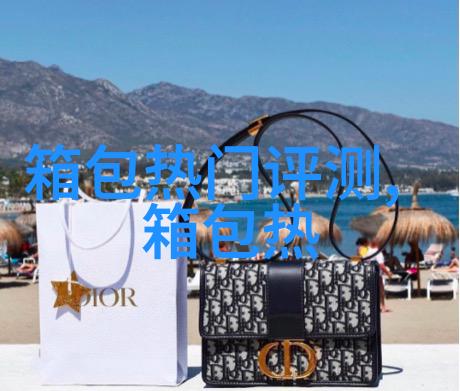Whimsy & Wonders: A Journey Through the Enchanting Realm of Retro English
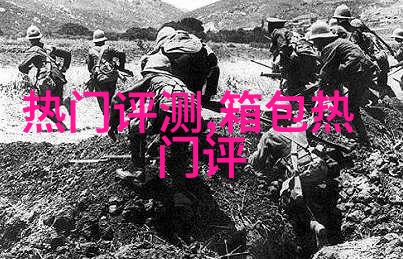
The Birth of a Style
Retro English, also known as vintage or old-fashioned English, has its roots in the early 20th century. It was a time when language was more formal and less casual than today's modern English. The style gained popularity during the mid-20th century with the rise of nostalgia for earlier eras.

Characteristics of Retro English
Retro English is characterized by its use of outdated vocabulary and expressions, such as "golly gee" or "the cat's pajamas." It also employs complex sentence structures and ornate phrasing, which were once common but have since fallen out of favor in contemporary writing.
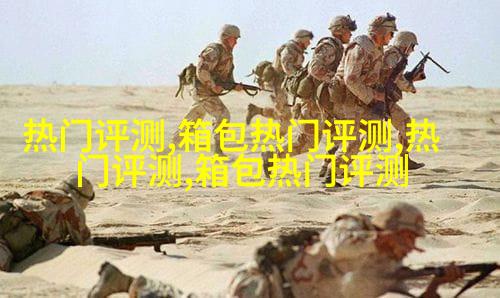
Impact on Modern Language
Although retro styles are often seen as relics from another era, they continue to influence modern language usage today. Many people incorporate elements of retro speak into their everyday conversation or creative writing projects to add a touch of whimsy and charm.
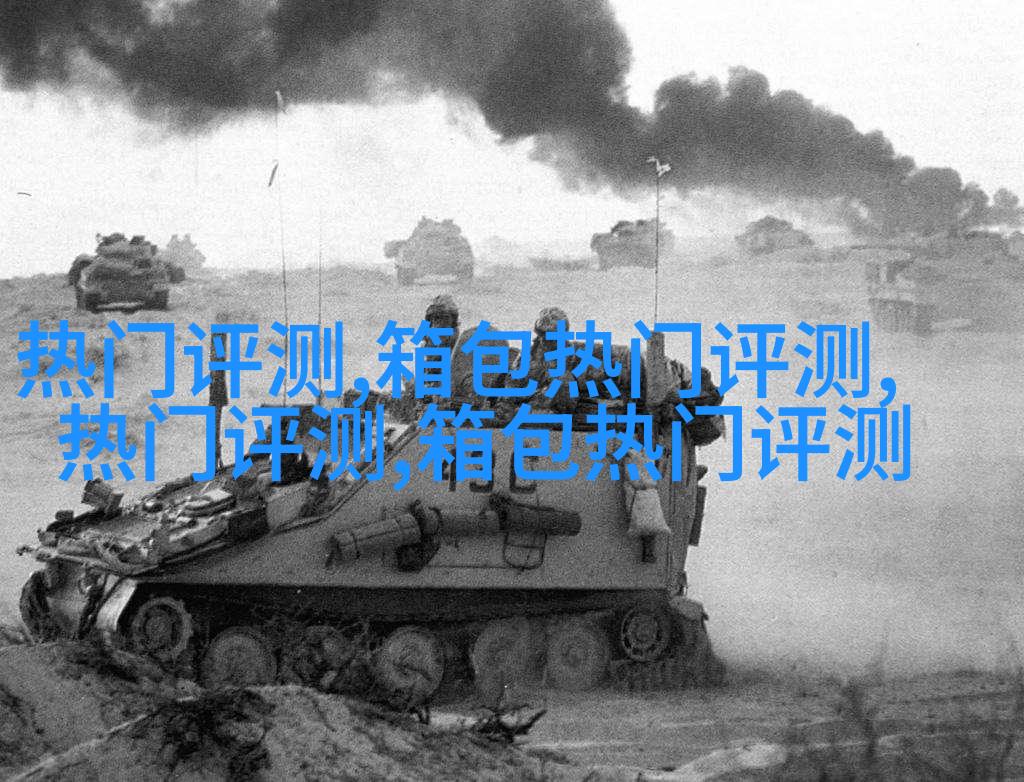
Pop Culture Revival
In recent years, there has been a resurgence in interest for retro culture across various media platforms including film, television shows, music videos, and even video games. This renewed interest has led to an increased awareness and appreciation for retro styles like vintage clothing and hairstyles alongside Retro English itself.
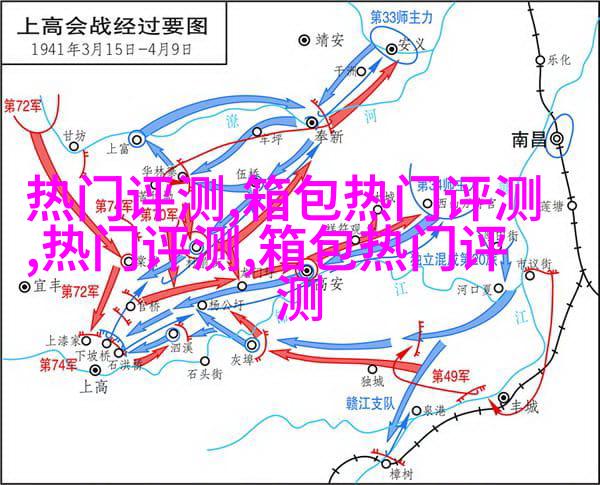
Nostalgia vs Innovation
While some argue that embracing retro trends stifles innovation in language development others see it as an opportunity to explore new forms expression through revived words phrases while still maintaining connections with past generations' cultural heritage.
Conclusion: Embracing Whimsy & Wonders
By exploring this enchanting realm we can learn appreciate both our linguistic history while finding inspiration from these classic phrases adjectives bringing them back life within our modern-day conversations stories making us better storytellers poets writers artists overall enhancing human communication experience



